STERLING EPICURE and the distinctive Sterling Epicure logo are registered trademarks of Sterling Publishing Co., Inc. Text and photos 2017 by Mary Warrington Illustrations 2017 by Sterling Publishing Co., Inc. All rights reserved. No part of this publication may be reproduced, stored in a retrieval system, or transmitted in any form or by any means (including electronic, mechanical, photocopying, recording, or otherwise) without prior written permission from the publisher. ISBN 978-1-4549-2687-0 For information about custom editions, special sales, and premium and corporate purchases, please contact Sterling Special Sales at 800-805-5489 or . sterlingpublishing.com Design by Shannon Nicole Plunkett Illustrations by Sarah Becan
Introduction
Smoothie bowls are so much more than just a smoothie you eat with a spoontheyre an opportunity to blend flavors, textures, and temperatures while maintaining the healthy components of a typical smoothie.
Not only do you get a delicious smoothie as the base of the bowl, but you get toppingscut-up fruit, drizzled nut butter, flaky coconut, crunchy nuts and seedsthat give each bite a more distinct texture as well as the opportunity for flavor variation bite by bite. Anatomy of a Smoothie Bowl A smoothie bowl has three basic parts: the base, the toppings, and the add-ins. The base is the carrierthink of it as the ice cream underneath your sundae toppings. This is where the difference between a smoothie and a smoothie bowl becomes apparent: keep the base simple, just enough to taste great and fill up your bowl, but leave some of the more subtle flavor additions for the toppings. Toppings are where you can go wild with your imaginationadd more or less of any of the toppings Ive suggested, and add whatever you think might sound good. Some great toppings include sliced fresh fruit, granola, nuts and seeds, nut butters, edible flowers, ground spices, superfoods, or whatever else you can think of.
While each recipe in this book has the base and the toppings listed out, add-ins are something Ive mostly omitted. Add-ins are things like protein powder, superfood powders, adaptogens, or any other ingredients that are added less for flavor and more for health benefits. A few examples are maca, flax seeds, spirulina, mushroom powders, and vegetable powders. Most of these impart little to no flavor and should be something you add thoughtfully and purposefullywhich is why I havent dictated when and where to do so. Feel free to use them as you see fit. Substitutions Youll find a wide variety of smoothie bowl recipes in this book, and my hope is that youll use these recipes as a roadmap to create your own.
Be adventurous with your substitutions, and feel free to hack these recipes apart. If a recipe calls for coconut milk, but you prefer almond milk: go for it! If you prefer blueberries to raspberries: swap them out! Toppings are a place where you can go especially wildthrow on whatever you want. An important component of most smoothie bases is one ingredient to add creaminessmost often I call for yogurt or banana, since its healthy and adds a sweet, creamy element to the smoothie. This is an area that you could easily swap around, but make sure you at least have something to introduce a creamy element. Options include the previously mentioned banana or yogurt, as well as zucchini (yes, really!), any milk or milk alternative, avocado, coconut meat, tofu, or even ice cream. Dairy Alternatives I call for a number of dairy and dairy alternatives in this bookagain, these are interchangeable. Dairy Alternatives I call for a number of dairy and dairy alternatives in this bookagain, these are interchangeable.
One note about coconut milk vs. coconut cream: When I call for coconut milk, Im referring to the kind youll find in the milk section, in a carton. Its quite liquid and meant to be a milk alternative. Coconut cream will likely come in a can or small box, and it is much more viscous and has a higher fat content (this is what youd use when cooking a curry). For the most part I call for coconut milk, but there are a few recipes in here that call for coconut cream (or both). Other dairy alternatives include nut milks (cashew, pecan, sunflower, almond, etc.), rice milk, soy milk, sesame milk, and many more.
Many of these are also used to make yogurt. You can always make your own, but they should also be readily available in the natural section of your local grocery store. Equipment The only required ingredient for this book is a blender. The higher powered it is, the betterespecially to maintain a thicker consistency for the base. You will notice, though, that just about all the ingredients for the base of each recipe are listed by weight; having a kitchen scale will make this easy to follow. If you dont have a kitchen scale, you can read the recipes as relative amounts.
For example, if I call for 8 ounces of banana, 8 ounces of yogurt, and 4 ounces of strawberries, add equal parts of banana and yogurt, and half as much strawberries. Smoothies are forgiving, so eyeballing isnt a terrible thing to do if you dont have a scale. Assembly A major difference between smoothies and smoothie bowls is the consistency of the blended base: a bowl needs to be quite thick in order to suspend the toppings. For that reason, the amount of nonfrozen liquid in each recipe is relatively small. Depending on your blender, you may need to add slightly more than Ive called for, but the goal is to add as little as possible. Heres my workflow when Im making a smoothie bowl: Assemble all toppings, and prep (chop, measure, etc.) as needed.
Assemble all base ingredients, blend to as thick of a mixture as I can. Pour the base into a bowl, and immediately top with the prepared toppings. Eat! Prep Tips To make a great smoothie bowl, youll need to have the right ingredients on hand and prepped. Many of the recipes in this book call for frozen cubes of liquidjuice, milk, yogurt, coconut water, etc. This takes a little bit of planning ahead. I use silicone ice cube trays (theyre easy to use and clean) to freeze liquids and yogurtsjust freeze and then transfer to freezer-safe resealable bags.
I chop fruit into small pieces, lay them in a single layer on a baking sheet to freeze, and then transfer the frozen fruit to freezer-safe resealable bags. Freezing is also a great way to always have greens on hand. I put handfuls of spinach or kale in my food processor with a few tablespoons of water, process until pretty smooth, and then freeze in ice cube trays. This means I dont have to worry about my greens going bad in the refrigerator before I get to them. Recipes in this book list frozen ingredients as such. If frozen is not specified in the ingredients list, use fresh.
Many of the recipes call for mixed seeds; the combination is up to you. I use a mixture of chia, flax, quinoa, sprouted millet and buckwheat, hemp, and amaranth, or any other seeds I have on hand at the time. Recipes calling for mixed seeds list them in measurements of teaspoons rather than ounces. 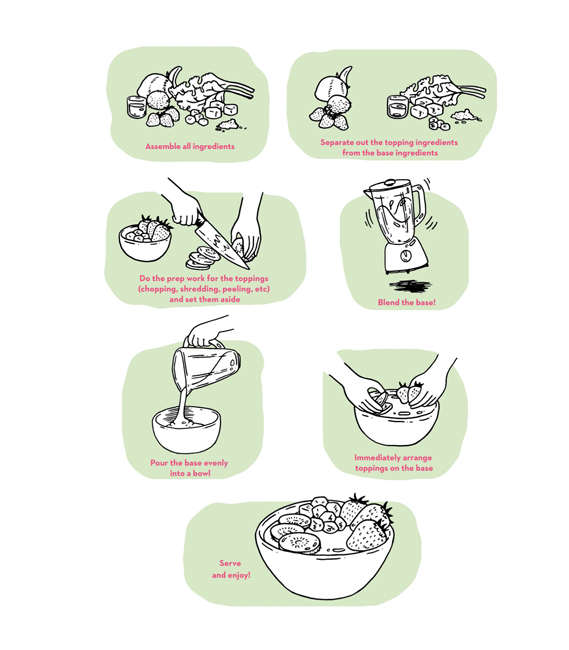


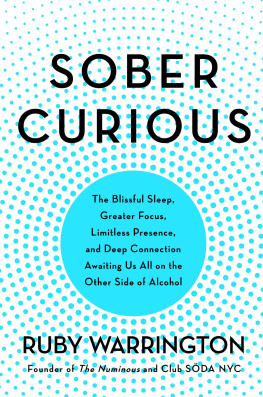
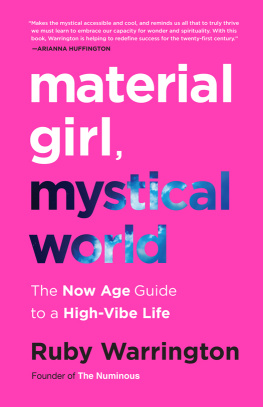
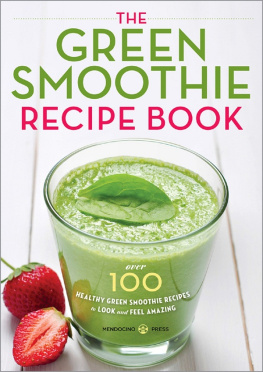
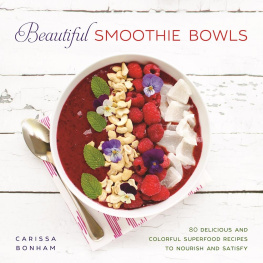
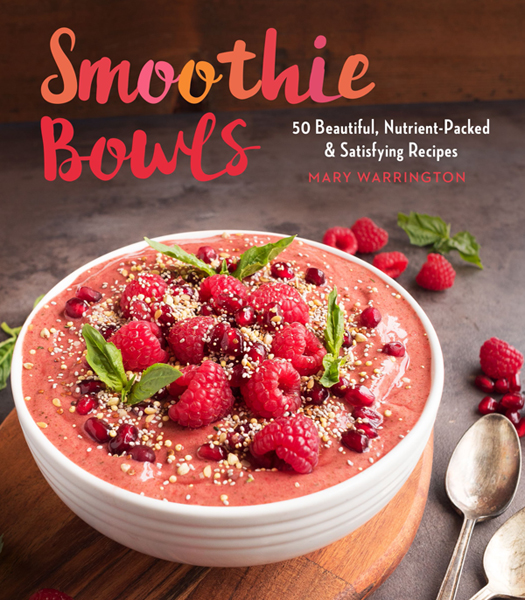
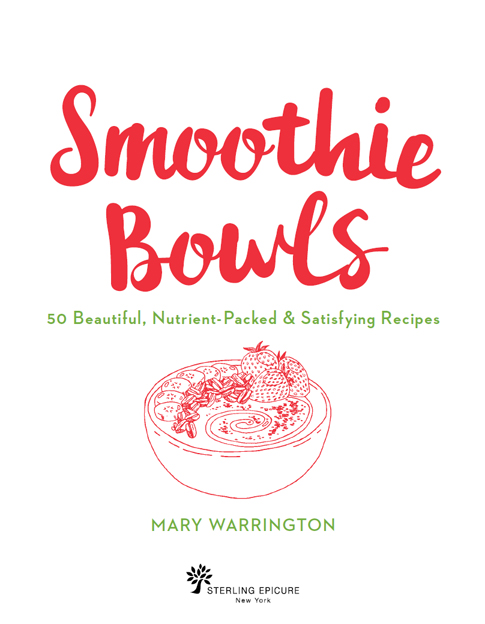
 STERLING EPICURE and the distinctive Sterling Epicure logo are registered trademarks of Sterling Publishing Co., Inc. Text and photos 2017 by Mary Warrington Illustrations 2017 by Sterling Publishing Co., Inc. All rights reserved. No part of this publication may be reproduced, stored in a retrieval system, or transmitted in any form or by any means (including electronic, mechanical, photocopying, recording, or otherwise) without prior written permission from the publisher. ISBN 978-1-4549-2687-0 For information about custom editions, special sales, and premium and corporate purchases, please contact Sterling Special Sales at 800-805-5489 or . sterlingpublishing.com Design by Shannon Nicole Plunkett Illustrations by Sarah Becan
STERLING EPICURE and the distinctive Sterling Epicure logo are registered trademarks of Sterling Publishing Co., Inc. Text and photos 2017 by Mary Warrington Illustrations 2017 by Sterling Publishing Co., Inc. All rights reserved. No part of this publication may be reproduced, stored in a retrieval system, or transmitted in any form or by any means (including electronic, mechanical, photocopying, recording, or otherwise) without prior written permission from the publisher. ISBN 978-1-4549-2687-0 For information about custom editions, special sales, and premium and corporate purchases, please contact Sterling Special Sales at 800-805-5489 or . sterlingpublishing.com Design by Shannon Nicole Plunkett Illustrations by Sarah Becan 
